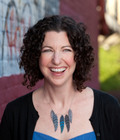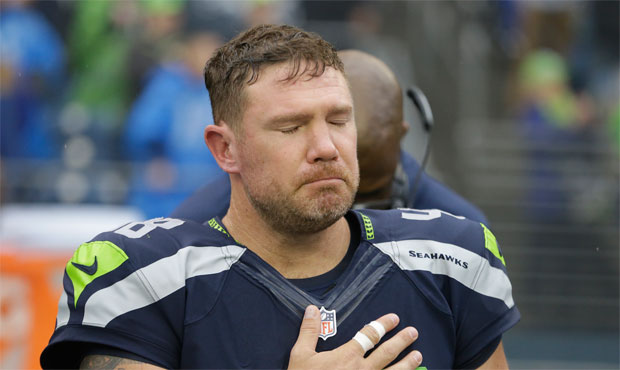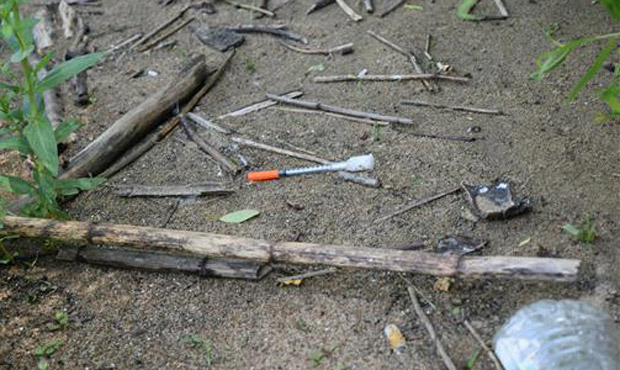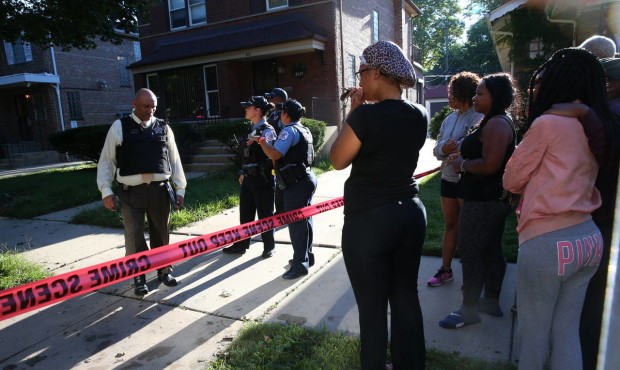Rachel Belle
Hoodies and Beyond: What It’s Like To Be A Minority In Seattle
By Rachel Belle
 Listen to
Listen to
Being Muslim In Seattle
Alright everyone, take a deep breath because I am a
Seattle resident and I’m about to make a statement that is
not politically correct: There are a lot of white people
in Seattle. I’ve heard people joke about the city’s lack
of diversity for years, but I never thought much about
what life is like here for those who do fall into the
minority category. But after Treyvon Martin was killed,
and Geraldo Rivera blamed the hoodie he was wearing on the
death, I started to think about it a little bit more. My
friend, Ahsan Butt is Muslim and of Pakistani descent, and
he moved to Seattle from Toronto to work as a software
engineer. He says he always feels a little on edge in
Seattle.
“I live in a nice apartment building and when the
elevator doors open, and maybe it’s a little late at
night, there’s like a split second of fear on the older
white woman’s face before it kind of melds into that
polite, tight Seattle smile.”
Especially if he’s wearing a hoodie.
“If it’s a weekend, I won’t necessarily shave and I’ll
put on the hood because it’s comfortable or I’m going to
the gym or whatever. I will make sure to jingle my keys to
indicate that I do live here.”
He says he doesn’t compare his experience to Trayvon’s,
but he can relate to it a bit.
“He got killed. I’m talking about a split second dirty
look. It’s just a different league of discrimination but
it does make me want to wear my hood. It does make me want
to challenge that and say if you’re going to be
uncomfortable with that, because you’re uncomfortable with
a colored person in a hood, then I will challenge that.”
Ahsan says he’s never had anything terrible happen, but
situations do come up.
“I was in Pike Place Market and I was taking the
elevator, and I had a woman who refused to get in the
elevator with me. It was one of those things where you
almost want to apologize for being dangerous looking. In
the moment I was like, ‘Oh shoot, wow, I made that person
feel really anxious and I don’t want her to feel like
she’s in danger.’ But then you get off at the top floor,
you get off the elevator, and you’re like ‘That was so
trippy. What did I do? I didn’t do anything!'”
Ahsan told me a story about a time he felt
uncomfortable in a fancy restaurant, feeling like he and
his other brown friends (his words not mine) had to be on
their best behavior to prove that they are good people. I
asked him if some of this is just his own paranoia.
“Brown guy with a beard means something. That has
connotation. The only context you ever hear of Muslims in
the media is negative. So I take that with myself, so even
if a white person is not giving me indications, I feel it
because I’m being other-ized in the public discourse. You
get these studies that come out and say 52 percent of
Americans do not trust Muslims. It’s not a reality that
I’m imagining, but yes, in the moment there are things
that I perceive that maybe aren’t there.”
From hoods to hijabs: On March 21st, in San Diego, an
Iraqi immigrant named Shaima Alawadi was beaten to death
in her apartment. Her son found a note that read “This is
my country. Go back to yours, terrorist.” Now over 10,000
people have subscribed to a Facebook page called “One
Million Hijabs for Shaima Alawadi,” and woman are posting
pictures of themselves wearing hijabs, the traditional
head covering Shaima was wearing, to show their
solidarity.
Ahsan can’t understand why Muslims, or kids who like
hip hop, are being deemed dangerous because of their
clothing.
“The dangerous thing makes you feel the most worthless.
For somebody to think that you’re going to do something
like attack them or blow up a building, that’s serious!
That makes you feel horrible as a person. It also makes
you angry, but underneath the anger there is actual hurt.”
When Ahsan goes back to visit his family in Toronto, he
says his shoulders automatically loosen up, and he feels
completely comfortable riding the subway with people of
all ethnicities, standing elbow to elbow in the train.
“I hear ‘colorblind’ in Seattle, that term, more than I
hear it anywhere. It’s the most ridiculous term! I had
this friend tell me that he only sees people as human
beings and he doesn’t differentiate between different
races. I’m like ‘OK, buddy.’ If you’re not even willing to
be honest and say you do see people of color, and
you do note that they exist, you’re so afraid of
being racist that you’re not willing to admit that
society, and everything you read, does affect your
instincts.”






































Comments